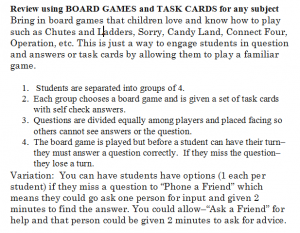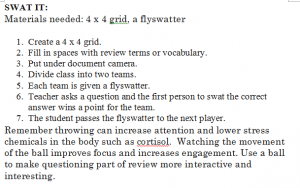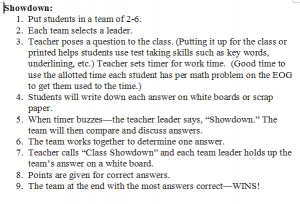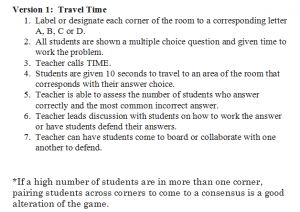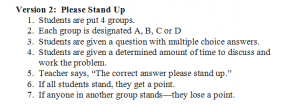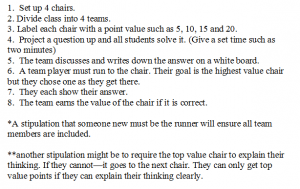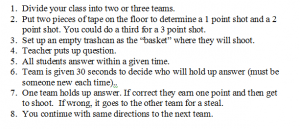Walking through the halls of my school, as testing season is in full swing, I hear words and phrases such as your best effort, stamina, and perseverance. It is not the skills that we are remediating and reviewing as much as becoming coaches to help students dig deep to find their strengths. How do these traits fit into testing?
Pure and simple–STAMINA. Students must have stamina to be successful on testing. Stamina is often referred to as GRIT. which is a “perseverance and passion for long-term goals.”
In my opinion there are three main reasons that our standardized testing require stamina training.
- The length of text students are required to read.
- To create synapse a person must engage in a task and create connections with other material.
- Self-monitoring while reading and application of skills while reading requires active engagement.
The first obstacle requiring stamina is the length of text students are required to read. Passages for third through fifth grade are two to three pages in length. Each passage has 6-8 multiple choice questions. To make this obstacle more difficult it is on varying levels of difficulty which range from grade level to above to test the student’s ability to read and comprehend complex text. Tier 2 and 3 vocabulary, varying text structures and text features continue to deepen the complexity and challenges of our readers for four hours.
Synapse and self-monitoring are ways that the brain can utilize GRIT to engage during testing. A brain must take knowledge and utilize this information into one of the 100 billion neurons or brain cells in the body. The brain cells have the primary job of receiving information and signally other neurons using electricity or chemicals to stimulate messages within the body.. Learning happens when neurons are activated and a message is sent along the axon and when repeatedly stimulated a process called synapse is created. Synapse is created when two neurons are connected from the end of the dendrite. Remember dendrites? When this action happens in the brain, it is relating to the brain the information, action or event is important to remember or retain. If students do NOT stay engaged during the receiving of information and the signaling of neurons–learning stops!
Self-monitoring helps students stay aware if they are gaining information. Sometimes our students begin to daydream or allow their thoughts to wander which stops the self-monitoring and in turn–stops synapse and comprehending. Grit is the characteristic which keeps students engaged and applying strategies when their comprehension breaks down.
Taking time to have students reflect on their stamina and self-monitoring allows students to begin noticing when learning stops. How often do you get to the end of a task and not remember anything? Have you ever driven somewhere and not remembered the drive? Have you ever rotely completed a task and at the end think–I don’t remember doing it? This is what happens when students read for long periods of time without a “recheck or reflection.”
Teach students to stop periodically and think about what they are reading. Can they retell or recall basic information? If not, they are not engaged–if so, they are ready to begin looking at comprehension questions. Perseverance and reflection keep learning happening and creating synapse.
Most of all we must teach students reflection To encourage GRIT and the ability to persevere when things are tough. These are the qualities that determine success. A mediocre reader with GRIT can perform as well as a stronger reader who is reading on automatic pilot. It is not always the ability that predicts the success but the effort that is put into the task. Grit Matters.



